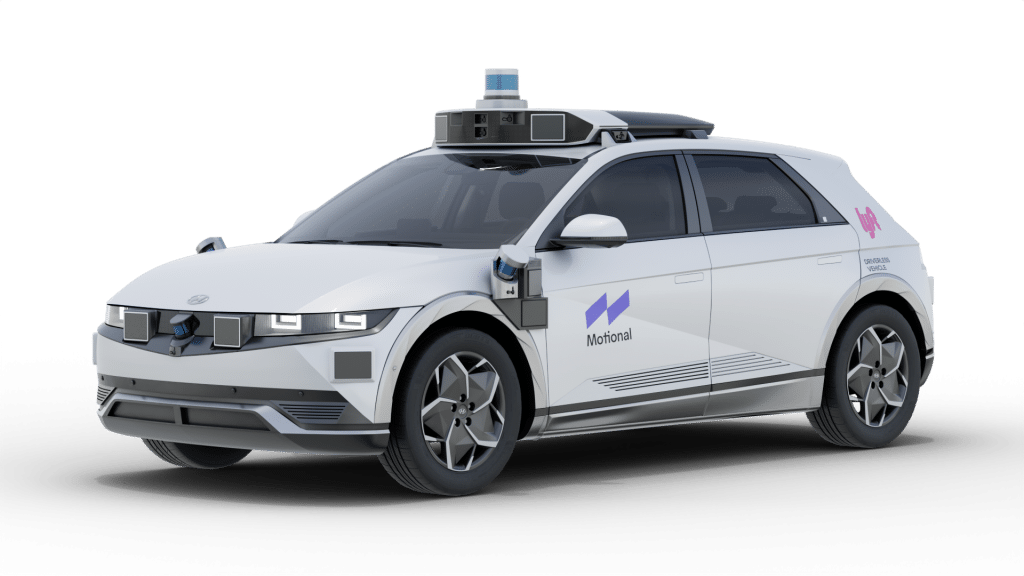The autonomous vehicle race in the U.S. just got another major boost—this time from Lyft. Earlier this week, the ride-hailing company revealed plans to roll out a fleet of robotaxis in Dallas as soon as 2026. This bold move positions Lyft in direct competition with Uber and signals a broader push toward integrating autonomous mobility into everyday American life.
But what exactly does this mean? Is this just another PR move, or are we truly inching toward a driverless future? More importantly, how might this shift influence tech innovation, skills demand, and training needs in the years ahead?
Let’s break it down.
What Lyft Announced
Lyft has partnered with autonomous vehicle company Motional, a joint venture between Hyundai and Aptiv, to bring its self-driving cars to Dallas roads. While Lyft has previously conducted AV tests, this move marks its strongest commitment yet to a commercial robotaxi rollout.
The cars, powered by Motional’s driverless technology, will operate through the Lyft app just like any regular ride request. Initially, safety drivers will be present, but the long-term goal is fully autonomous rides.
According to Lyft, Dallas was chosen for several strategic reasons: a fast-growing population, broad road infrastructure, and a history of supporting tech pilots and innovation. Lyft aims to launch gradually, starting with limited service areas and scaling based on real-world feedback.
Why This Matters
This isn’t just about convenience. It’s about redefining mobility—how we get from Point A to Point B—and the technology powering it.
Several key takeaways from this development:
- The AV industry is heating up: With Cruise and Waymo already running driverless operations in cities like San Francisco and Phoenix, Lyft’s entry raises the stakes.
- Trust-building is crucial: Getting people to adopt AVs isn’t just about functionality—it’s about trust. Lyft’s gradual rollout may help ease the public into accepting robotaxis as a reliable mode of transport.
- Local economies may shift: With potential job changes for human drivers and new roles in AV maintenance and tech support, cities like Dallas could become case studies in future workforce dynamics.
The Broader Tech Implications
Behind the scenes of every robotaxi lies an ecosystem of complex technologies: AI, machine learning, sensors, LiDAR, edge computing, cybersecurity, and cloud systems all work together to ensure a vehicle can safely operate without a driver.
This means the growth of AVs isn’t just exciting for commuters—it’s a goldmine of opportunity for developers, data scientists, robotics engineers, and systems architects. And as more companies join the AV race, the demand for these skill sets is only going to increase.
What About Safety?
One of the key hurdles for AV adoption continues to be safety. High-profile incidents involving autonomous cars have made headlines in the past, prompting scrutiny from regulators and hesitation from the public.
Lyft and Motional are well aware of this. According to their press release, the vehicles will undergo rigorous safety validation and will initially operate with human safety drivers onboard. Moreover, the AVs will be designed to handle predictable routes with minimal complexity, like airport shuttles or urban centers with mapped-out infrastructure.
Still, public perception is a long game. Lyft’s move into Dallas is part of a strategy to normalize the presence of robotaxis in controlled, high-traffic environments.
Ascend Education’s Take: A New Chapter for Tech Learning
At Ascend Education, we view Lyft’s announcement not just as a corporate milestone but as a crucial turning point for the technology and education industries.
Here’s why:
1. Expanding Career Pathways in AI & Robotics
The robotaxi rollout is built on a tech stack that requires talent skilled in artificial intelligence, robotics, data analysis, and real-time system design. It’s an ecosystem crying out for trained professionals.
As an IT training provider, we see a growing need to prepare students and professionals alike for roles that didn’t even exist a few years ago. From AI engineers working on autonomous decision-making systems to cloud security experts ensuring safe vehicle communication—this is the future we are preparing learners for.
2. Bridging the AV Skills Gap
The U.S. still faces a tech talent shortage, particularly in next-gen skills like machine learning and edge computing. This development highlights the urgency of closing the skills gap through targeted, hands-on training.
At Ascend, our hands-on labs and scenario-based assessments aim to give learners not just knowledge, but real-world, industry-relevant experience. This is especially important in high-stakes environments like AV systems, where the margin for error is minimal.
3. Implications for K-12 and Higher Ed Curriculum
AV technology isn’t just a concern for graduate-level students—it’s something that needs to be integrated early. STEM education should reflect these real-world advancements, preparing students from high school onwards to think critically, understand algorithms, and work with emerging tech tools.
Our partnerships with K-12 schools already focus on future-forward certifications, and we see Lyft’s move as a wake-up call for education systems across the country.
Final Thoughts
Lyft’s robotaxi plans are more than just a transport upgrade—they’re a glimpse into a tech-powered future that’s arriving faster than most people expect. For students, professionals, educators, and technologists, this means now is the time to upskill, adapt, and align with where the industry is headed.
And as this shift unfolds, Ascend Education remains committed to delivering the kind of training that helps individuals and institutions stay ahead.
Because innovation doesn’t wait—and neither should education.


